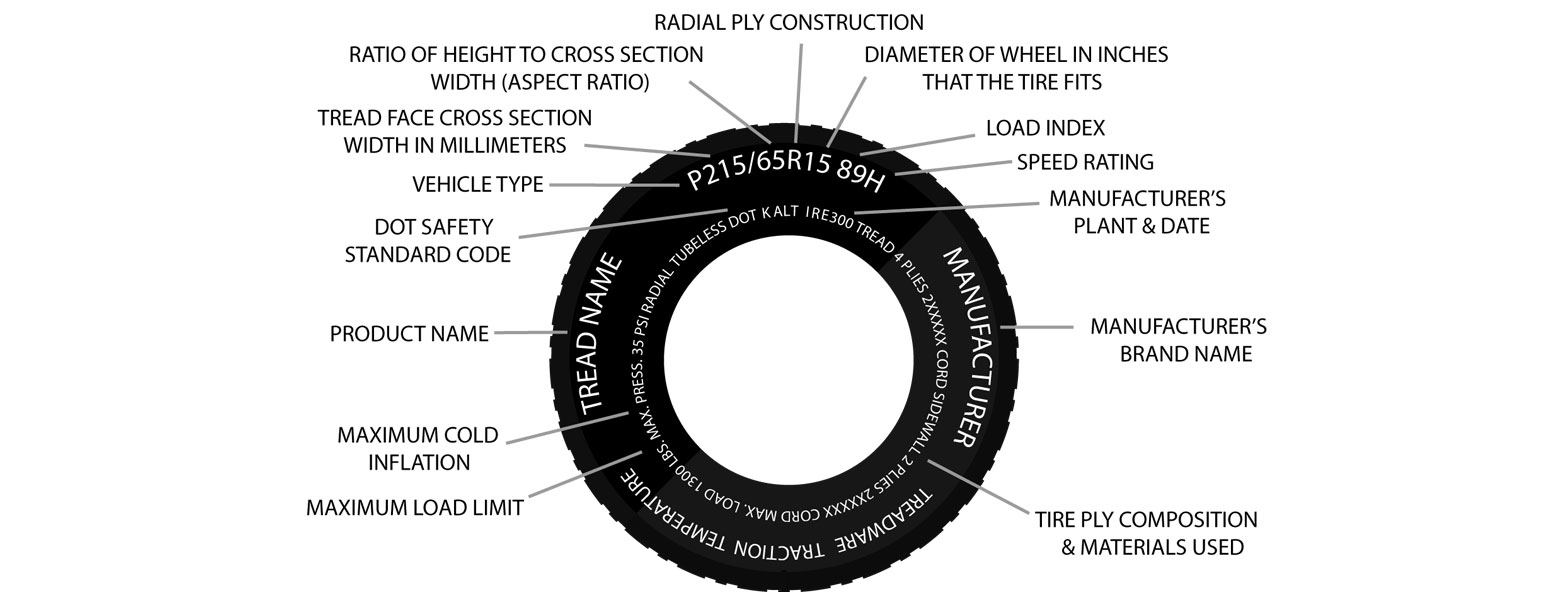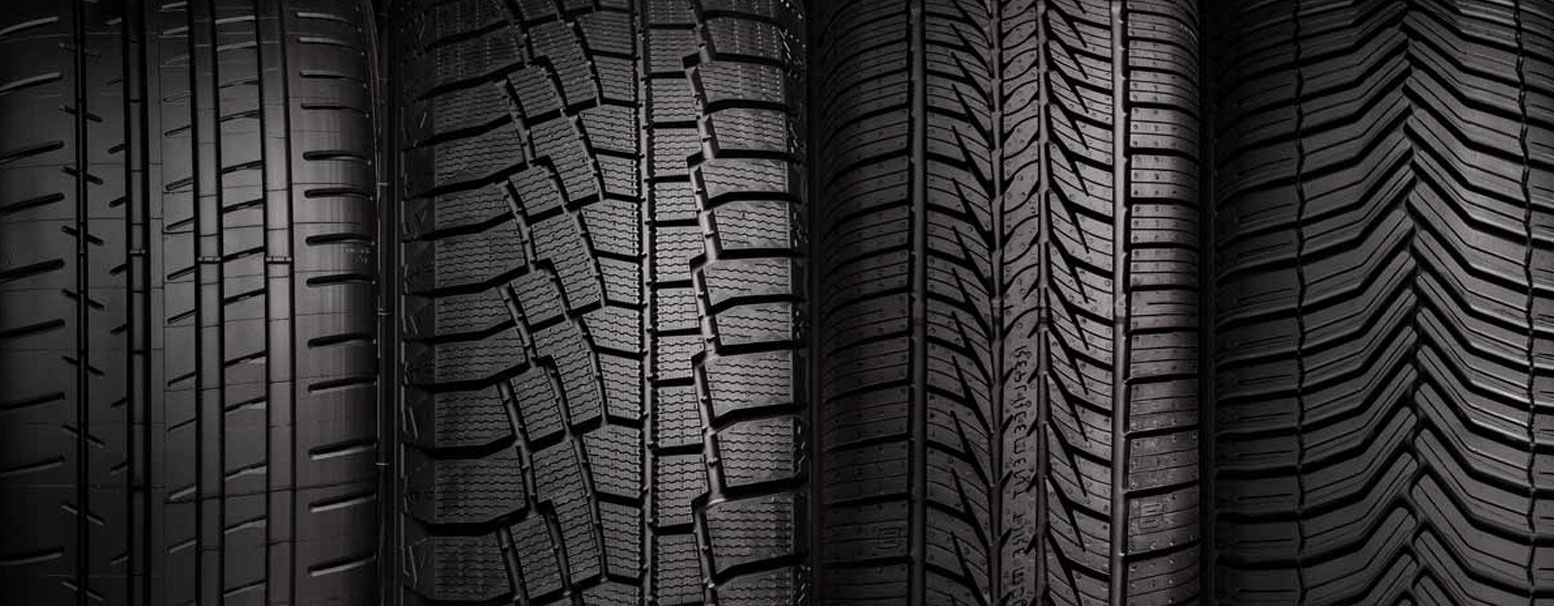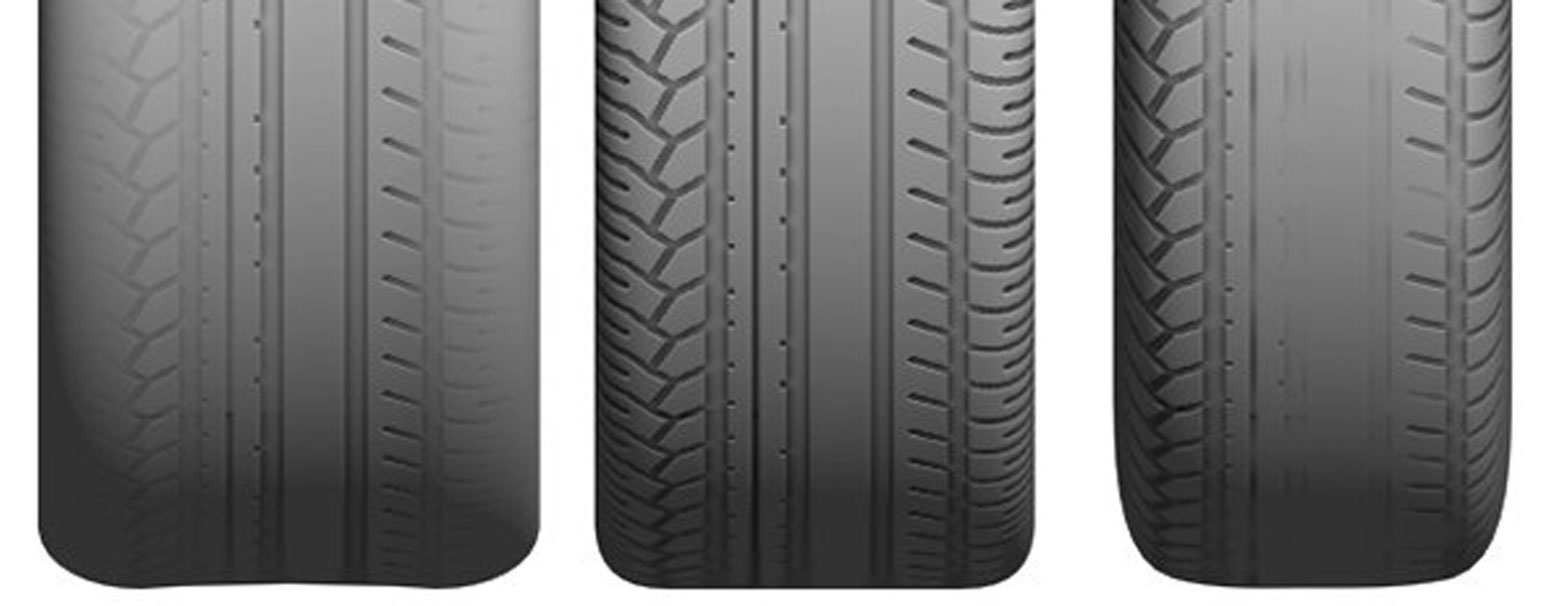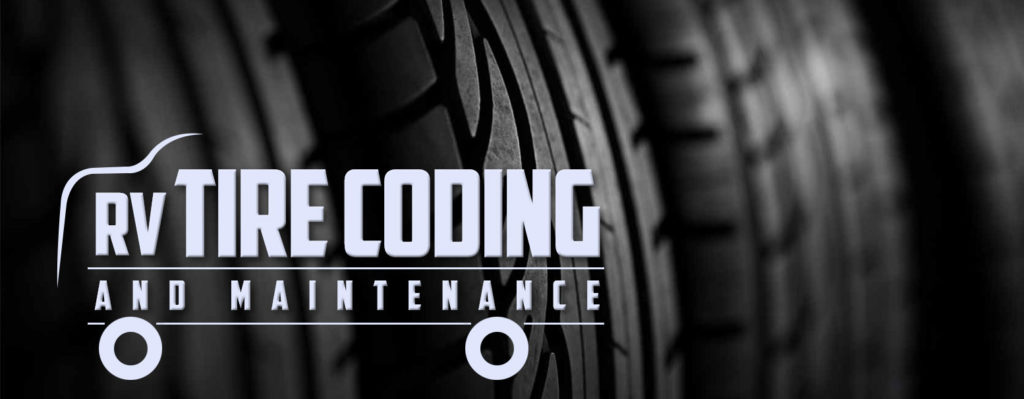RV Tire Coding & Maintenance
If you own an RV (or are considering purchasing), one of the most important issues when it comes to safety is your tires. While RVs come in a variety of sizes, so do their tires. To help keep your RV and your family safe, having just a little bit of “tire-sense” will go a long way. Let’s look at a few safety tips, and also you how to read your RV tire.
HOW TO READ AND UNDERSTAND TIRE CODING
While you may not need to know all of the codes, we thought we would quickly run through them, and will highlight the most important ones — since a few components will be helpful during the time you own the RV.
Looking at a tire on a Class B, Ram Promaster chassis of the 2020 Winnebago Travato, you’ll see the following information:
- The tire manufacturer’s name along with its model name
- LT stands for Light Trucks (cars often have a “P” for passenger)
- The number 215 or 225. This is the width, measured in millimeters (the larger the number, the wider the tire)
- The number 65 or 75. This is the aspect ratio, referring to the ratio of height vs. width of a tire
- The letter R indicates it is a radial tire (how it was constructed). Radial tires are the most common type of tires, used on most vehicles on the road today
- Another number, typically 16, 17, 19 or 22.5. This indicates the wheel diameter in inches
- Speed ratings (L-Y letters) refer to Tires speed rating in MPH. The Travato example is “R” or 106 mph. NOTE: Please remember to obey all speed limits, as this information is not intended to encourage you to drive faster
- You may also see the following: M&S = mud and snow tire, AT = all-terrain tire, AS = all-season tire
Let’s take note of two of the more important codes to understand — tire load range (for strength of tire and relates to PSI or proper Tire Pressure), and the DOT date number (Department of Transportation) which describes the age of the tire.
TIRE LOAD RANGE
Tells you how durable or strong a tire is. This used to be referred to as “ply,” because it determined the number of fabric/cotton layers underneath the rubber surface layer. Today, tires are made up of stronger materials such as nylon and steel belts. Naturally, the higher load rating (or ply), the more weight the tire can carry, and the more pressure it can be inflated to.
- D = 8-ply @ 65 psi max. (I drive a Honda which is D rating)
- E = 10-ply @ 80psi max. (Class B and Class C rated)
- F = 12-ply @ 95psi max. (Class A)
- G & H = 14-ply @120psi max. (Class A & diesel pushers)
With tire inflation and load ratings, it’s important to understand that even though the tire manufacturer lists the maximum pressure on the tire, you will need to check and understand what the RV manufacturer has listed as the recommended tire pressure on the sticker (typically located on the chassis door jam). You will need to confirm the maximum tire inflation pressure of the front and rear tires, which often is different.
TIRE DOT NUMBER
The Department of Transportation number will be listed as “DOT,” followed by 4 numbers. Example: 25-01” means that the tire was produced the 25th week of 2001. “40-11” means the 40th week of 2011. You may ask why is it important to understand when it was made. Even if you only drive an RV as few as 500 miles and the tread is still good, as a tire ages, so do the sidewalls. Just like humans that age and get wrinkles, it’s basically the same for our tires. When a tire gets to 6,7, or 8 model years old, you may start to see cracking or spidering. At this point the tires will need to be replaced, or else you may end up with a sidewall blowout. If you take good care of the tires (according to manufacturer’s guidelines), tires can last 10 years or longer. It is important to know your tires’ age, and to frequently check their condition.

In our next segment of Tire Safety Tips, let’s to expound about tire age. But before we do, here are a few tire facts that may interest you:
FACT #1 — Did you know that the modern-day rubber tire was invented by Charles Goodyear in the 1830s? While he dedicated his entire life to the science of making a better rubber tire that wouldn’t be sticky or melt, and was rigid enough to drive a vehicle on, he never actually profited from his work. It is an interesting fact that he was broke when he passed away. It wasn’t until about 40 years later when another company perfected and utilized his research to produce a better tire. The nice thing is that company decided to honor him by using his last name for their company. Pretty cool!
FACT #2 — Do you know which company produces the most rubber tires each year? If you said LEGO, you would be correct! They produce well over 300 million rubber tires every single year.
SAFETY TIPS AND ROUTINE MAINTENANCE
- Visually inspect the tires for nails, cuts or sidewall cracking on a routine basis
- Always check your tire pressure when it’s cold (at least once per month). The reason is because if you check once a tire is heated up after a drive, the pressure will be different. Warm tires build up heat and pressure while driving.
Note: If you are not sure what is the proper tire pressure is, it is usually located on a sticker by the driver’s door. The proper pressure to fill each tire is meant to match your tires when the RV is fully loaded.
TIRE TREAD
While brand new tires usually start out with a tread depth anywhere from 10/32” or 11/32” on up to about 19/32”, a tire should never fall below 2/32”. If tires are worn lower than 2/32”, the tire may not give traction in wet and icy roads, and is legally considered bald. A good test is to use a US penny. If you insert the penny into the tread and can see Lincoln’s entire head, the tire is legally bald and will have little to no traction.

TIRE WEAR
If you notice uneven wear on either side of a tire, you will want to have it looked at, because your vehicle may be out of alignment. Another good way to make sure your tire wear is even is to have tires routinely rotated and ensure the pressure is checked regularly.

TIRE STORAGE
For an RV that is not driven as often as you planned, you will want to try and store it in a cool, dry climate. If that is not an option and the RV will be stored in sunlight for long periods, you may want to consider covering the tires. Perhaps you’re asking yourself why this is important? Well to better explain this, we need to have a better understanding of the properties of tires. We talked earlier about the codes and year of a tire’s production. Tires, just like humans when exposed to heavy sunlight, need UV protection (which they actually have when produced).
For the first 25 years tires were produced, they were actually white in color. This was because early manufacturing used zinc oxide for strength — so tires were bright white. As the tire evolved, researchers then tested other ways to make tires more durable, and they discovered a stronger component (actually a waste product of the petroleum industry) known as carbon black. Carbon black is a much stronger UV stabilizer, which helped to absorb sunlight and not have the actual rubber of the tire absorb harmful UV and ozone. So if you didn’t know why all tires are black, now you know! Over time, carbon black will lose its ability to do its job and protect a tire.
Fact: If you have two tires side by side — one that is driven often and one that isn’t — the tires that are driven often will have their waxes (while the tire is flexing) move to the sidewalls and continue to protect it as a barrier against UV and Ozone. This is a process called “blooming.” NIf a tire isn’t driven too often and is in storage, you will no longer have these natural waxes migrating to the exterior of the tire to protect it. This is why tire covers (or indoor storage) becomes more important for long term tire preservation.
TIRE DRESSINGS
Contrary to what you might think, you will want to minimize the amount of tire dressing that you apply, to give your tires that fancy shine. The reason is that many of these dressings have harmful chemicals — alcohol, silicone or silicone oils that will break down the very wax the tire needs to protect itself.
Thank you for reading, and we wish you many safe and happy miles!

